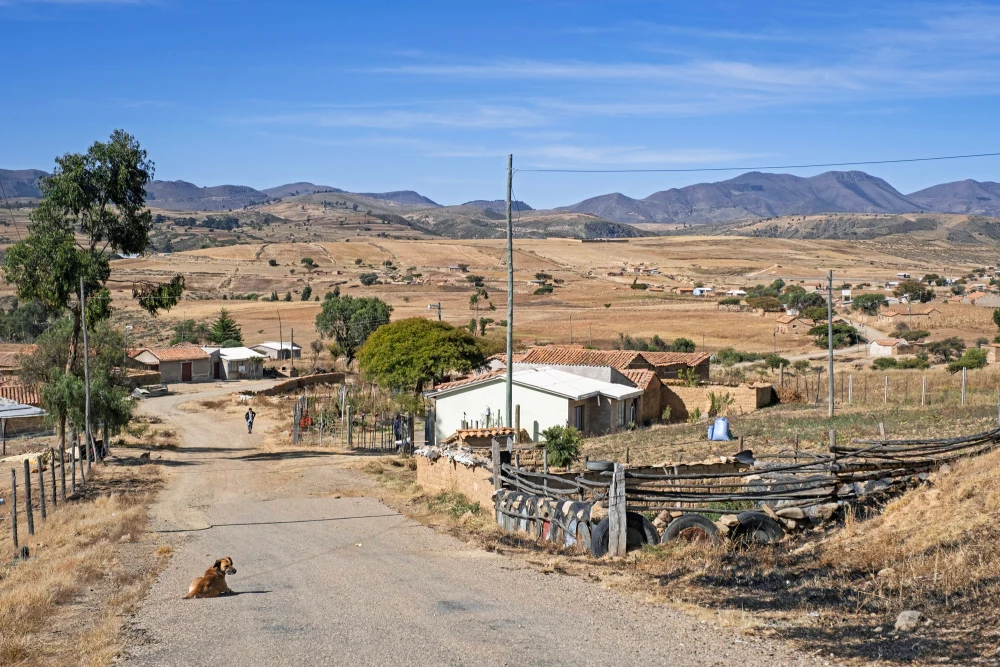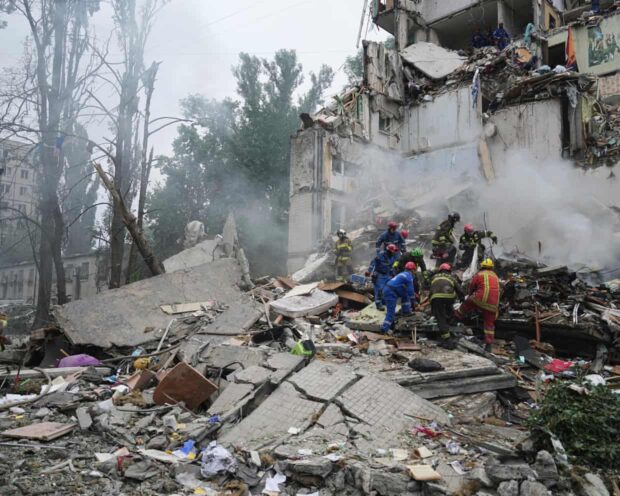
Freshwater, critical for lithium mining, is becoming increasingly scarce in the “Lithium Triangle,” a resource-rich region in the Andean Plateau spanning parts of Argentina, Bolivia, and Chile that contains over half of global lithium reserves.
A recent study published in Communications Earth and Environment revealed that freshwater availability for lithium extraction in the region is approximately 10 times lower than previously estimated. With global lithium demand projected to increase 40-fold by 2040, the limited annual rainfall supplying freshwater to the arid Lithium Triangle may not be sufficient.
The study’s authors advise the lithium industry to reduce freshwater consumption to prevent disruption to mining operations, which currently use up to 500,000 gallons of water to extract one ton of lithium. In the Triangle, freshwater supports agricultural activities for Indigenous communities and sustains wetlands housing unique wildlife, including short-tailed chinchillas, wild camelids, and pink flamingo species found nowhere else.
“Water is the most important resource in these systems, and it’s the part of the system that is most sensitive to change,” said David Boutt, study co-author and geosciences professor at the University of Massachusetts-Amherst. “I’m optimistic that, through research and development, companies can be more water efficient, especially when driven by the market.”
While water sustains life and industry in the Triangle, lithium is essential for global electrification efforts and clean technology development. The mineral is a crucial component in batteries for electric vehicles and energy storage systems for renewable sources like solar and wind power.
According to the International Energy Agency, demand for lithium batteries is expected to quadruple by 2030. Industry experts worry that companies may struggle to meet this growing demand due to permitting delays, lengthy mine development processes, and resource availability issues.
“We need more lithium sources to come online to meet the demand we’ll see by 2030,” explained Michael McKibben, geology professor at the University of California, Riverside. “Mineral extraction is a slow, tedious process. That’s why prices are so volatile — demand goes up, but the supply can’t respond instantaneously.”
In the Lithium Triangle, freshwater is critical to lithium availability. Rainfall washes lithium and other minerals from rock formations into deep basins on the Andean Plateau, creating lithium-rich brackish lagoons over millions of years.
Mining companies extract lithium fluid from these lagoons and concentrate it using evaporation methods that require substantial freshwater from nearby aquifers. These aquifers depend on annual rainfall, which can be as little as 20 millimeters (0.8 inches) in some areas of the Triangle.
Boutt notes that limited meteorological data from the remote Andean Plateau has made it difficult to accurately measure freshwater flow to these lithium-rich areas. Global hydrologic models using this sparse data have significantly overestimated the region’s freshwater supply.
The model developed by Boutt’s team examined freshwater in 28 watersheds across the Lithium Triangle, incorporating field observations, national meteorological data, and mining industry reports to provide a more comprehensive picture of freshwater flow.
Research on water and resource availability for lithium mining remains incomplete. In the United States, operations at the nation’s only active lithium mine in Silver Peak, Nevada, have faced criticism for extensive freshwater pumping in a drought-prone region.
Vanessa Schenker, a researcher at ETH Zurich’s Institute of Environmental Engineering, emphasizes the need for more research on the hydrology of lithium-rich regions globally.
“On top of how much water lithium mines are using, we also need to examine the entire supply chain for lithium and think of components such as chemical processing and transport,” she said. “Understanding the Lithium Triangle will help us understand other systems globally.”

















Be the first to leave a comment